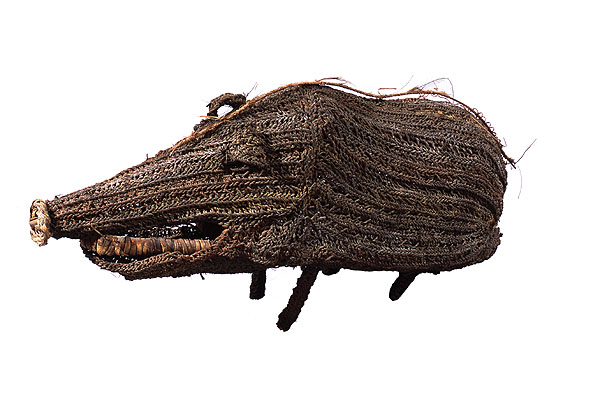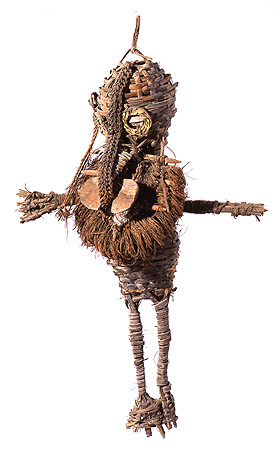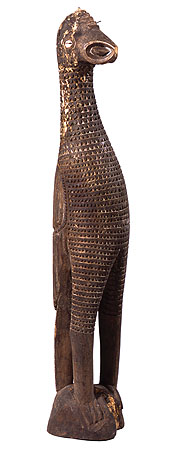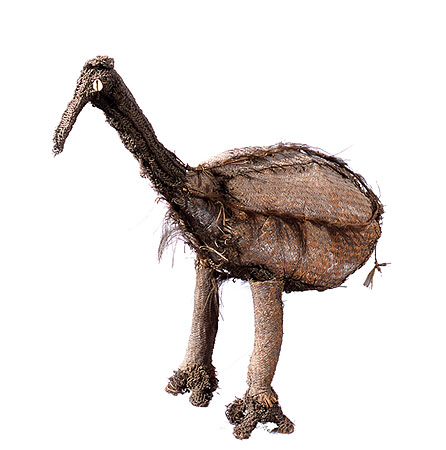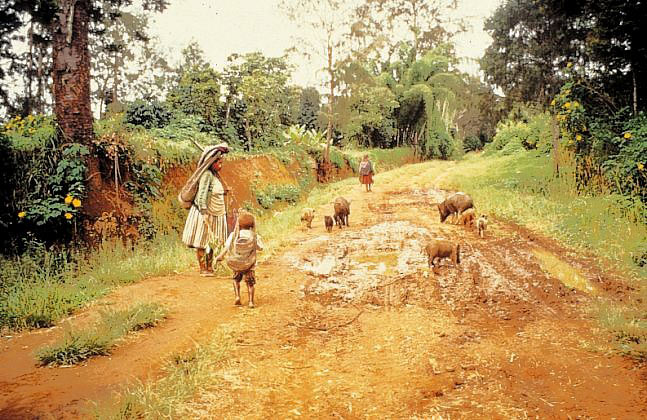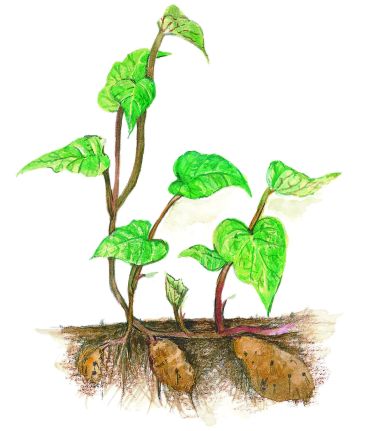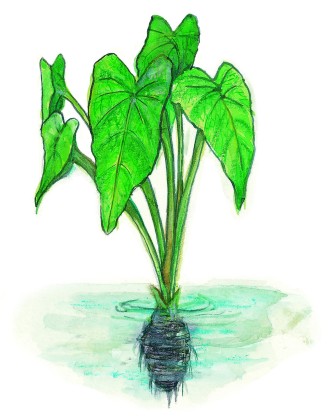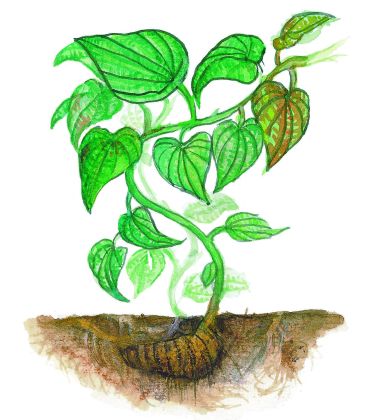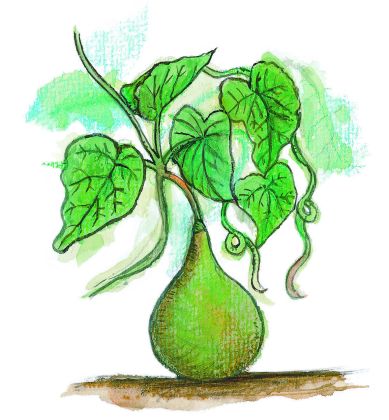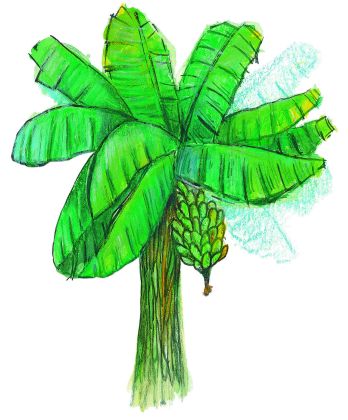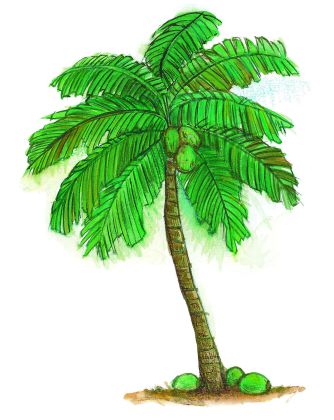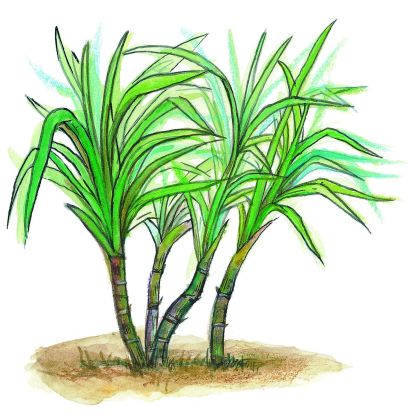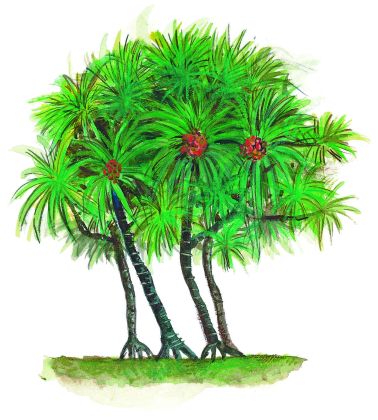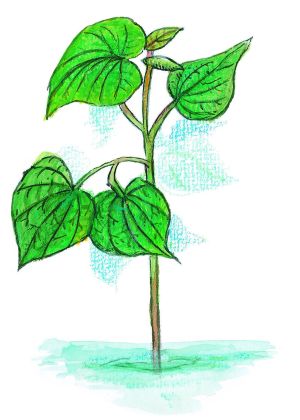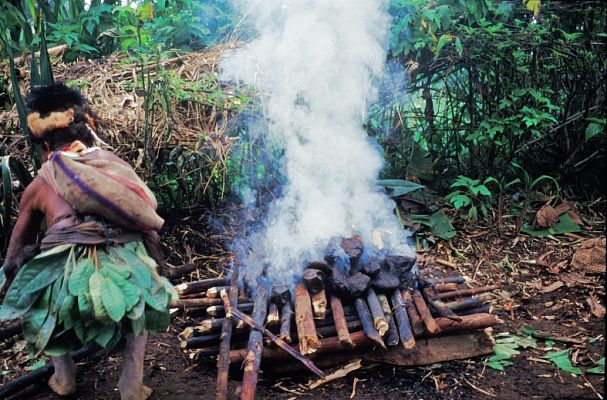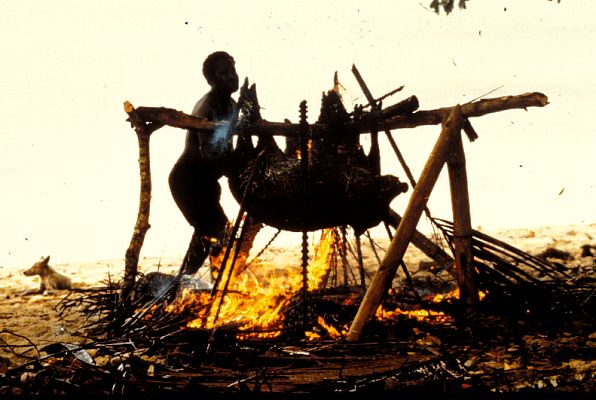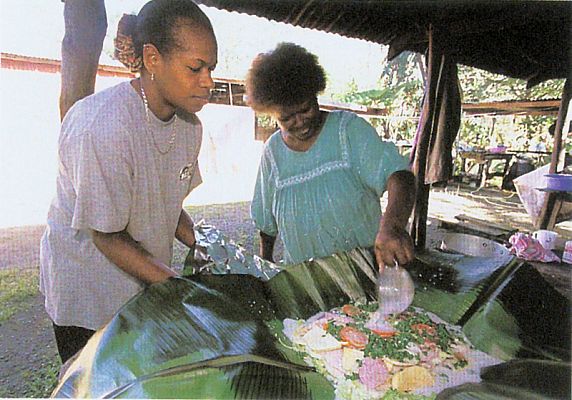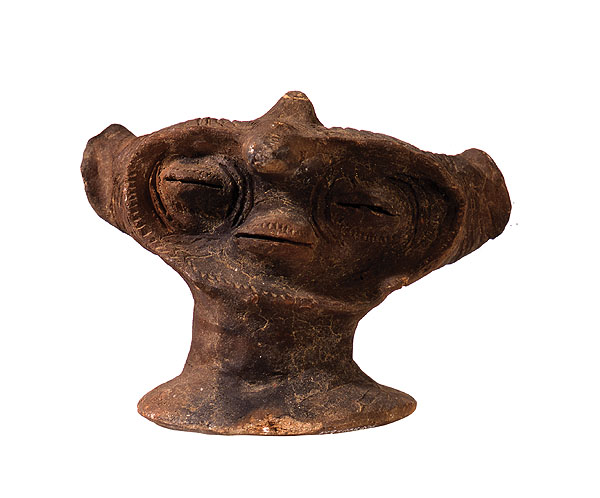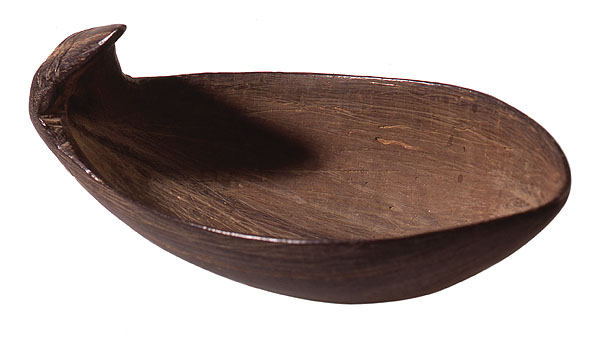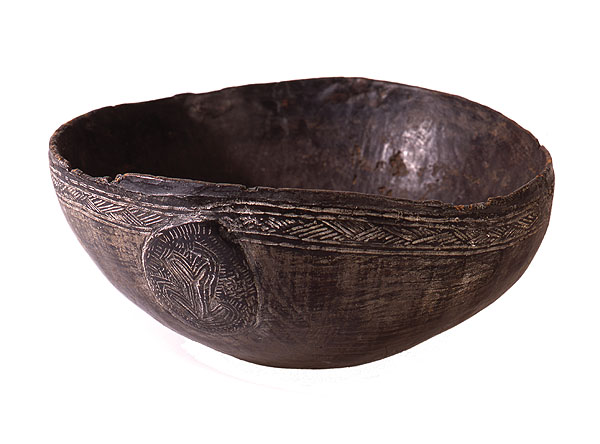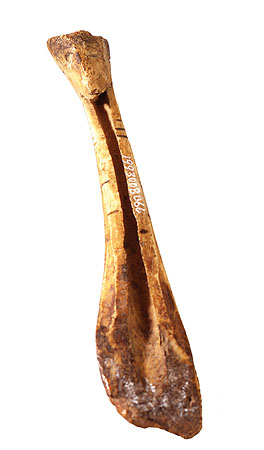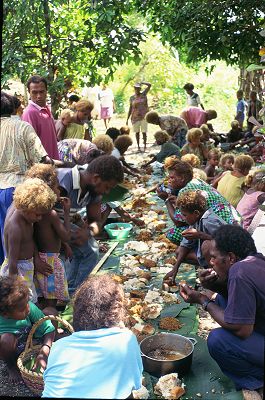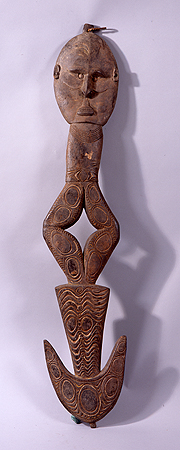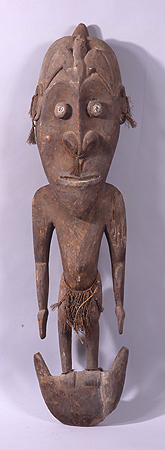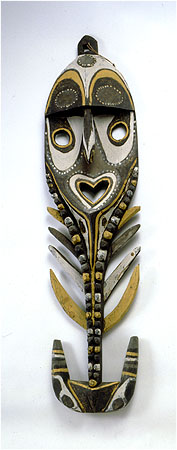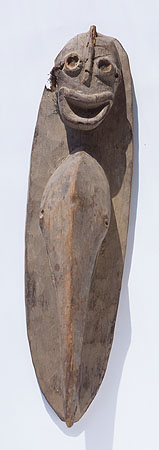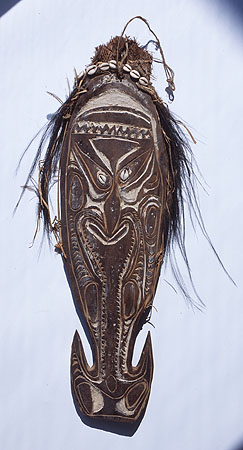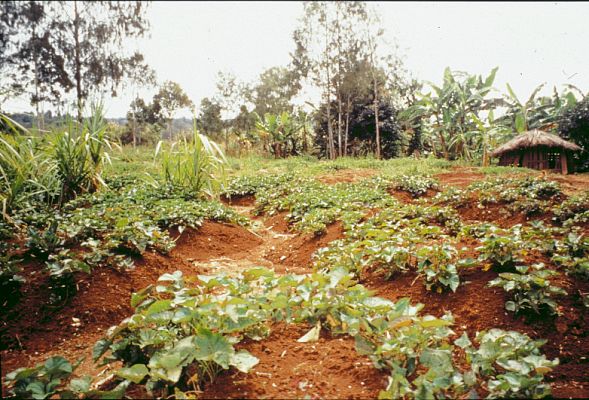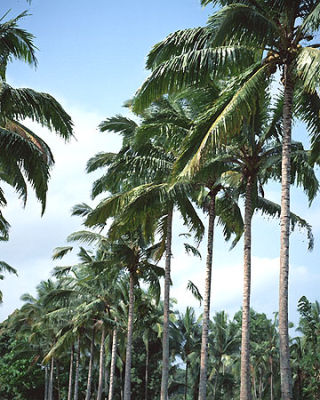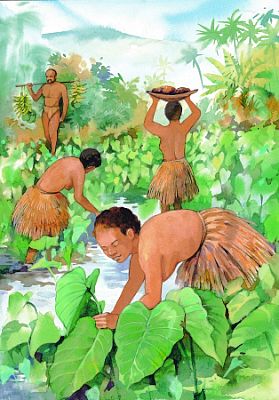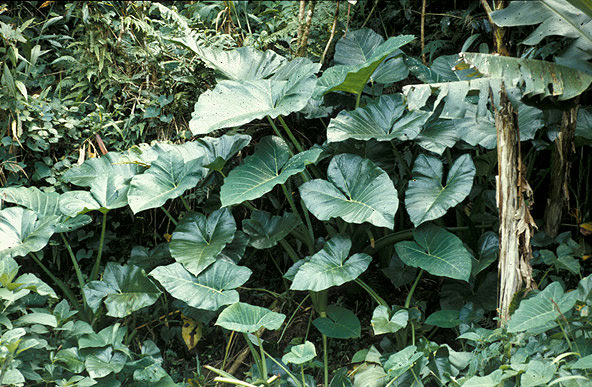Land

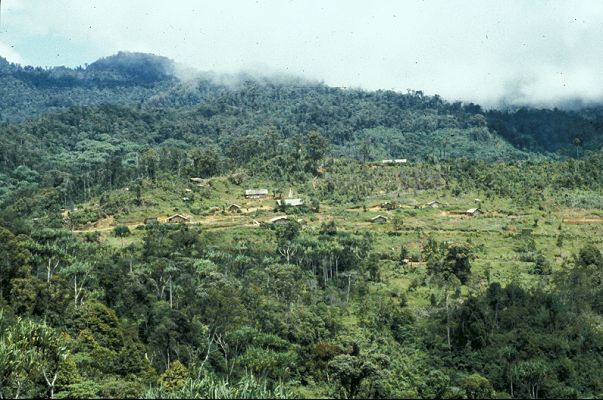
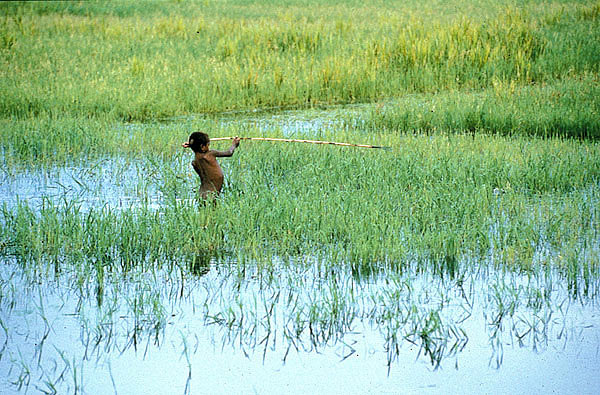
Archeological evidence reveals that horticulture and the raising of pigs in the central highlands of New Guinea has been carried out for 9,000 years.
There are many terms originating from Malayo-Polynesian for denoting crops such as taro root, yam, breadfruit, pandanus, sago, bananas and cocoa.
This demonstrates that people traditionally ate plants and fruits. Terms such as fishing nets and canoes also show that fish have been an essential source of food.
Trading among the islands permits the exchange of different species of plants. Sweet potatoes for example were carried from Central and South America to Southeast Asia and Oceania by the Europeans.
Everybody can do the work of gathering food including fruit, wild plants, insects and small animals.The social behavior of hunting and gathering is part of the sharing culture and is based on maintaining an ecological balance.
Hunting is men's work. Weapons include arrows, guns, lances and traps. Dogs are raised to help out with finding game and for protection during a hunt.
If hunting is carried out in a group, the owner of the dogs, the first man who kills an animal or the chief usually gets the best part of the animal.
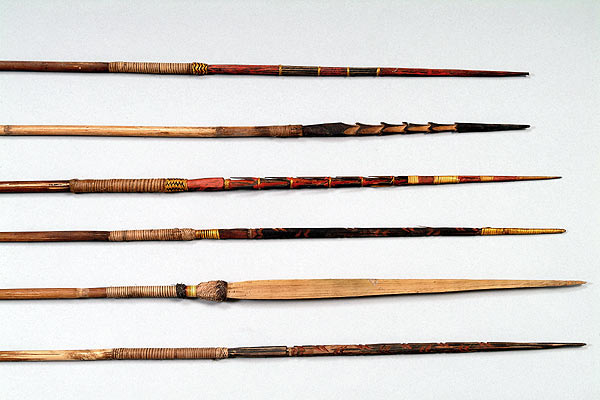
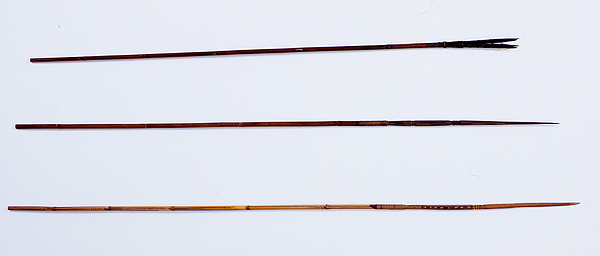
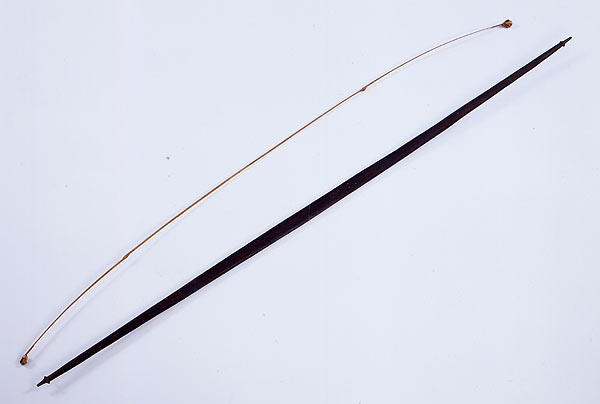
Hunting is valued because it increases the number of food sources. In addition, the bones can be used to make tools, feathers for decoration and animal skin to make drums. Males in some island societies enjoy hunting for sport.
Only the men of Baruya, New Guinea can eat a cassowary. The locals think that the skill required to entrap this kind of bird depends on being possessed by spirits.
In some areas, mobilizing the entire community to hunt wild boar is a most important event.
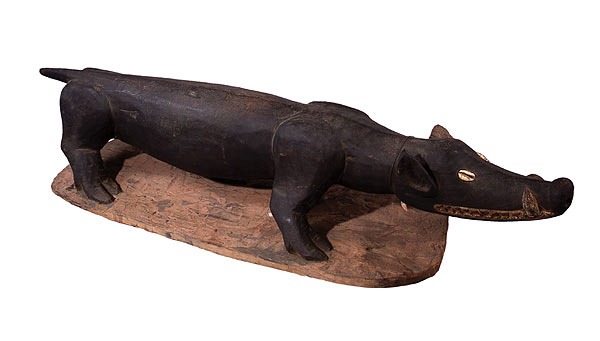
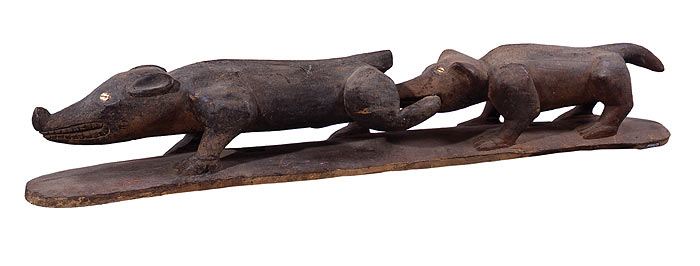
Slash and burn cultivation, which is also known as shifting cultivation, prevails across the Tropical Zone. People use simple sticks and small hoes as farm tools. The method of cultivation is also called gardening cultivation because people make use of simple sticks which are hardened by roasting and small hoes to cultivate, rather than plows or animals.
The five circular phases of slash and burn cultivation include: site selection, cutting, burning, cropping, fallowing and looking for new land. People leave lands fallow for ten to twenty years so that the soil fertility of extensive lands recovers by itself. Shifting cultivation is considered to be highly efficient, and ecologically balanced.
A good farmer earns respect because of his diligent work. The efforts that he makes prove that he has the ability to fulfill the obligation to supply his family and society with food.

The islanders of the Pacific Ocean usually obtain their food through the following methods: cultivation and gathering, cattle-raising, hunting and fishing.
Food management reveals various relationships. New Guineans raise pigs to be traded for ritual purposes. On the Trobriand Islands yams are not only regarded as food, but also as symbols of wealth, power and a tool for relationship establishment.
The opportunities for obtaining food are not equal. In many places women are not allowed to eat men's food. Moreover, young and unmarried people are forbidden to eat certain foods. There are dietary taboos for mothers-to-be, invalids and families in mourning.
Family members are not allowed to eat certain foods during specific activities such as religious rituals, abyssal fishing, canoe building and war rituals.
Food distribution is based on beliefs. For example, pork is considered so "fierce" that it is too dangerous to eat for people with weak constitutions such as children and women. Dietary taboos may also come from class differences. For example, in Polynesia often it is the chiefs who have the sole right to eat delicacies such as turtle meat.
Food distribution also corresponds with classification of utensils and groups of people. Polynesians and Melanesians grill their food in a fire pit; northwestern residents like chewing betel nut, and southeastern residents like drinking Kava.
Practical and ritual usages are often exhibited in the form of embossments. The pictures of regional ancestors or spirits are carved on the upper part of the hangers, and the lower part is a hook used for hanging reticules and food baskets. The hangers can protect the food from rats and dogs, and are used for hanging ritual foods in the men's meeting hall.
Hangers have appeared in western Melanesia and Polynesia. They may have come from Southeast Asia. In the central and lower Sepik Basin, many of them have curved and beak-like moldings.
Under the impact of the global economic system, many of the peoples of Oceania have abandoned traditional crops for cash crops such as oil palm, coffee, coconut and cocoa.
